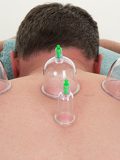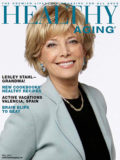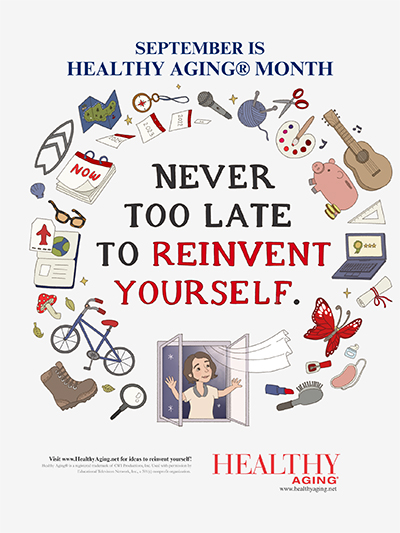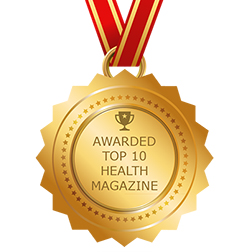
Photo: Deposit Photos
A new study from the University of California San Diego offers promising news for postmenopausal women: simply standing up more often during the day may help lower blood pressure after menopause and improve overall cardiovascular wellness — even without adding extra workouts.
Published in the journal Circulation, the Rise for Health Study found that postmenopausal women with overweight or obesity who increased their daily sit-to-stand movements saw measurable improvements in blood pressure in just three months.
Why Standing Breaks Matter for Heart Health After Menopause
After menopause, many women spend large portions of the day sitting, which research links to increased risk of heart disease, type 2 diabetes, cancer, and premature death. While exercise remains essential, these new findings highlight that small, frequent actions — like taking standing breaks — can also make a difference.
“Public health messaging urges us to sit less but doesn’t tell us the best ways to do that,” explained first author Sheri J. Hartman, Ph.D., professor at UC San Diego’s Herbert Wertheim School of Public Health and Human Longevity Science. “Our findings suggest that while sitting less was helpful, interrupting sitting with brief standing breaks — even if you don’t sit less overall — can support healthy blood pressure and improve health.”
Inside the UC San Diego Heart Study
Researchers divided postmenopausal participants into three groups:
- Sit Less Group: Focused on reducing total sitting time.
- Sit-to-Stand Group: Concentrated on standing up from sitting more frequently.
- Control Group: Received general health tips but no direction on sitting or standing habits.
After three months:
- The Sit Less Group reduced sitting time by about 75 minutes daily and saw some blood pressure improvement, but not statistically significant.
- The Sit-to-Stand Group increased daily stand-ups by an average of 25 extra times per day and lowered diastolic blood pressure by 2.24 mmHg compared to the control group.
Although this change falls short of the 3–5 mmHg considered clinically significant, it shows that even simple sit-to-stand habits can move the needle toward better postmenopause heart health.
Neither approach produced major changes in blood sugar, but researchers believe longer-term results could be more pronounced. They are now seeking funding to study both behaviors over a longer period in older men and women.
Why Diastolic Blood Pressure Matters for Women Over 45
Diastolic blood pressure — the lower number in a blood pressure reading — measures artery pressure when the heart rests between beats. Elevated diastolic readings increase the risk of heart attack, stroke, and other cardiovascular complications. Even modest improvements can have long-term benefits for women over 45.
A Simple Habit That Fits Real Life
Co-author Andrea Z. LaCroix, Ph.D. says this approach is appealing because it’s easy to fit into daily routines. “Adapting real-world interventions that are easy, realistic, and aligned with our personal goals — such as standing up from sitting 25 extra times per day, like two times per hour over 12 hours — may be doable for so many of us,” she said.
For busy adults, this habit doesn’t require gym memberships, special gear, or intense workouts — just mindful, consistent movement.
Healthy Aging® Tips: How to Add More Sit-to-Stand Breaks to Your Day
If you want to improve cardiovascular health after menopause, try these simple, science-backed ideas:
-
Set a Standing Reminder
Use a smartwatch or phone timer to stand up every 30 minutes.
-
Stand During Routine Tasks
Check email, take phone calls, or read while on your feet.
-
Use Commercial Breaks
During TV time, stand up and stretch when ads come on.
-
Rearrange Your Work Area
Consider a standing desk or move your laptop to a higher surface for short sessions.
-
Pair Standing with Hydration
Stand and walk each time you refill your water bottle.
-
Make Social Time Active
Take short walking breaks with friends instead of always sitting.
The Bottom Line: Small Steps for Heart Health
While this research focused on postmenopausal women with overweight or obesity, the takeaway is universal: movement is medicine. Interrupting long sitting periods with frequent standing breaks is a low-effort, high-reward way to support blood pressure after menopause and overall cardiovascular wellness.
And for adults in midlife and beyond, it’s a reminder that you don’t have to run a marathon to protect your heart — sometimes the first step is simply standing up.
Get more science-backed wellness tips for women over 45 by joining the Healthy Aging® Newsletter.













